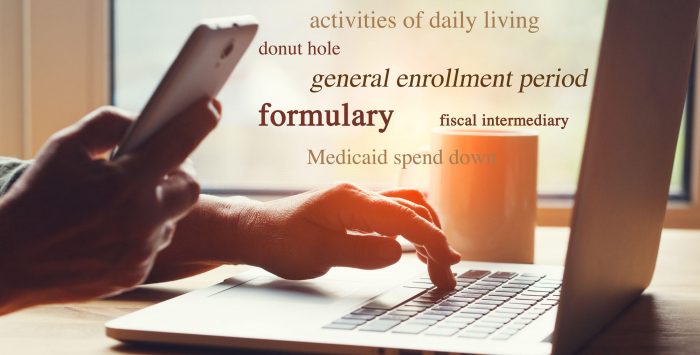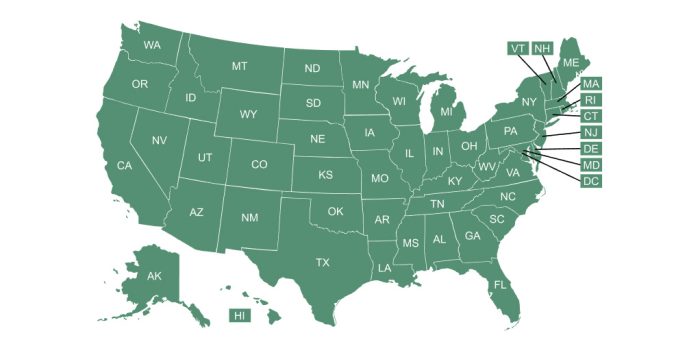What is the Medicaid spend-down program?
Some Americans have incomes too high to qualify for aged, blind and disabled Medicaid benefits. In states with Medicaid spend-down, these people can use incurred medical expenses to become eligible for Medicaid benefits. The spend-down is sometimes called a “medically needy” or “excess income” program.
Applicants for the Medicaid spend-down usually have to meet the same asset limit for other aged, blind and disabled Medicaid enrollees. This asset limit is less than $2,000 for single applicants and $3,000 for married couples in many states.
When a person applies for the Medicaid spend-down, Medicaid determines the portion of their monthly income above the spend-down program’s income limit. This is known as excess income. Enrollees activate their spend-down coverage by showing they have paid or unpaid medical bills equal to this excess income over a specific period of time (one to six months). Some states also allow enrollees to pay their excess income directly to Medicaid.
Enrollees can use any medical services not reimbursed by an insurer (such as Medicare, Medicaid, or Medigap) to meet their spend-down. If an insurer reimbursed part of an expense, enrollees usually can only apply the amount that wasn’t reimbursed toward the spend-down.
The Medicaid spend-down only allows applicants to become eligible for Medicaid if they have excess income, and shouldn’t be confused with the process of spending-down assets.
Tags: ltss, Medicaid


